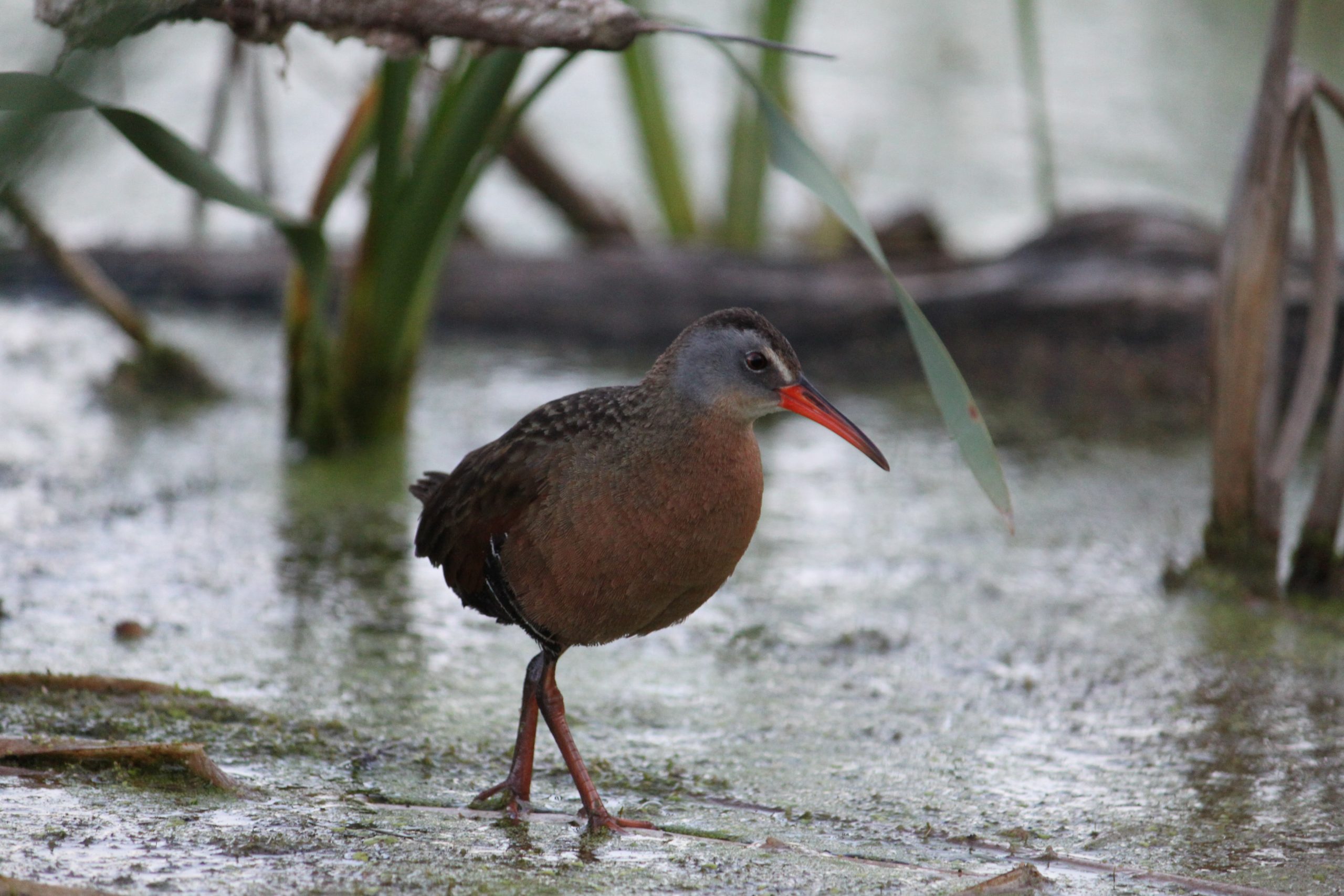By Dr. Doug Tozer, Director, Waterbirds and Wetlands, and Kathy Jones, Volunteer Manager and Biologist, Ontario Programs, Canadian Lakes Loon Survey & Great Lakes Marsh Monitoring Program, Birds Canada
The latest results from the Great Lakes Marsh Monitoring Program are now available in the program’s annual newsletter The Marsh Monitor . The issue is jam-packed with successes and highlights, including overviews of 5 major projects based on the program’s data that are actively helping to conserve marsh birds and frogs, and dozens of fascinating graphs and other illustrations. We’re especially excited to report, that after many years of decline from the mid-1990s to early-2010s, populations of many marsh bird species are now increasing again due to rising water levels in the Great Lakes. This is really important because the increases involve multiple species of conservation concern, like the threatened Least Bittern, and suggest that Great Lakes coastal wetlands are even more important than once thought because they provide high-lake-level-induced population pulses for some species.

Virginia Rail photo: Tore Buchanan
Birds Canada delivers the Marsh Monitoring Program throughout southern Canada—in British Columbia, the Prairies, Great Lakes, Quebec, and the Maritimes. The success of the program would not be possible without the dedication of volunteer participants and regional coordinators who generously give their time and effort for the cause, so thank you! To find out more about the Marsh Monitoring Program, why it matters, and how to get involved, please visit here. Birds Canada also recently started up a new pilot program focused on wetland birds and amphibians for beginners called MarshWatch, which you can learn more about here.

